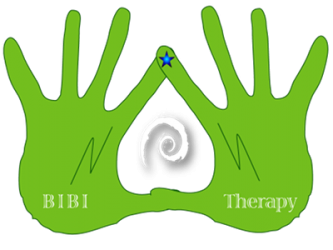The Larvicidal Activity of some Essential Oils –
Did you know that some Essential oils have larvicidal activity?
Larvicidal activity is an insecticide designed to kill larval pests. That means it can be used to literaly kill the larvae of the mosquito too. This is really cool when one thinks that some essential oils can be used for this purpose.
For example Ajowan (Trachyspermum ammi) and Peru balsam (Myroxylon pereira) oils can be used to treat and eliminate the mosquito larvae with an enviable efficiency 97.5% (S1)
Ajwain or Ajowan (https://en.wikipedia.org/wiki/Ajwain) is a plant used as a spice mostly in the Indian cuisine: deliciously blending it with green beans and root vegetables or steamed cabbage. Research into the properties of the essential oil extracted from this interesting spice shows that its components (Thymol, phenolic compounds) are strongly germicide and antispasmodic (S2).
In the table below are some oils that can be used safely for the purpose described above.
Above all, keep safe, cool and have a great a great Christmas.
| Essential Oil | Activity | Source | |
| Larvicidal | Repellent | ||
| Sweet Orange
(Citrus sinensis) |
yes | ||
| American basil
(Ocimum americanum) |
Yes | Yes | |
| Clove Basil or African basil
(Ocimum gratissimum) |
Yes | ||
| Lemon grass
(Cymbopogon citratus) |
Yes | ||
| Ajowan
(Trachyspermum ammi) |
Prevents mosquito eggs from hatching
Mosquito larvae as well as some cockroaches |
S1 | |
| All spice
(Pimenta dioica), |
Kills Japanese termites | S5 | |
| Caraway
(Carum carvi), |
Kills Japanese termites | S5 | |
| Dill
(Anethum graveolens), |
Kills Japanese termites | Yes | S5 |
| Geranium
(Pelargonium graveolens) |
Kills Japanese termites | Yes | S5 |
References
S1S J Agr and Food Chem, 2012 May: 60 (23), pp 5909–5914, DOI 10.1021/jf301296d, http://pubs.acs.org/doi/abs/10.1021/jf301296d
S2 Int J Infect. 2014 July: 2(1):e19394, http://intjinfection.com/en/articles/14685.html
S4 Memórias do Instituto Oswaldo Cruz, 2004 Aug: 99(5), 541-544. https://dx.doi.org/10.1590/S0074-02762004000500015
S5 J. Agric. Food Chem., 2009, 57 (15), pp 6596–6602, http://pubs.acs.org/doi/abs/10.1021/jf9015416
Precautions
Always test is you are allergic to any of the oils you intend using. See Blog: Allergies testing. Use dilutions of one teaspoon with 5-6 drops of essential oil.
Furthermore, dilute 2-3 drops with a teaspoon of carrier oil of your choice and remember to check with your family Doctor before attempting to use any essential oil. This is especially important if you are pregnant, nursing or undertaking any special medication.
